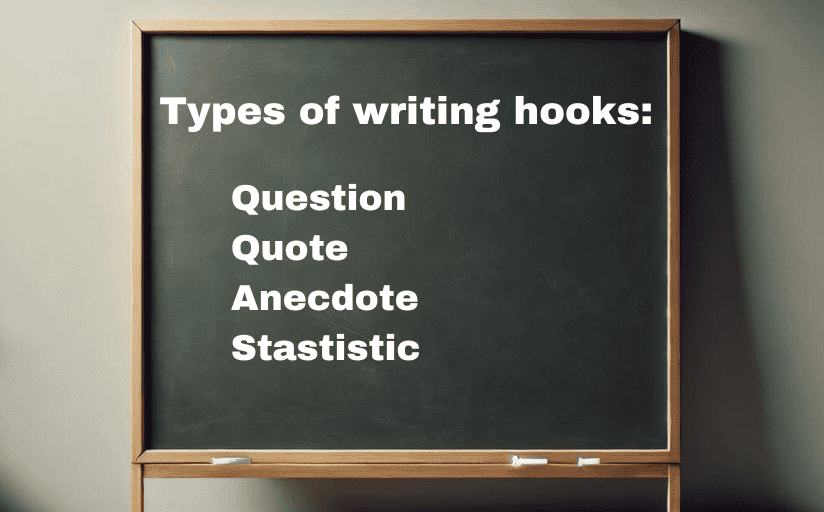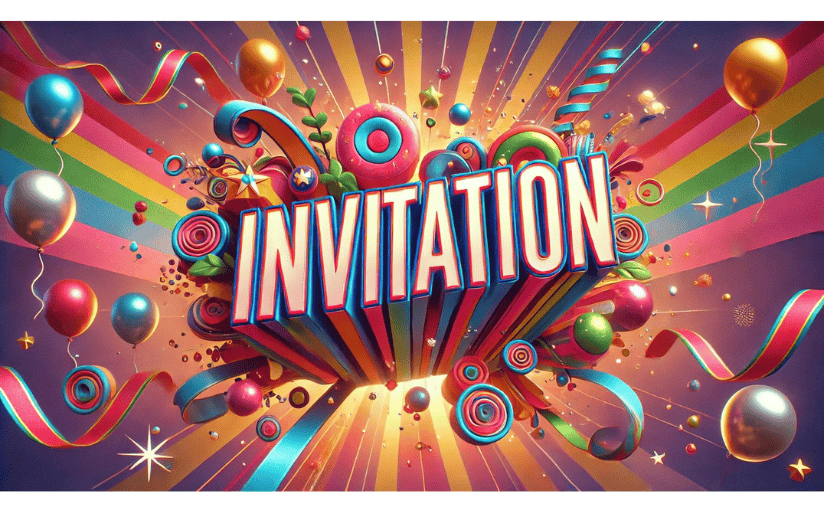“If you don’t grab them now, you’ll lose them forever.”
Threats like this have been pouring out of English teachers and writing professors since your days in elementary school. Whether you’re constructing an article on the use of magical realism in Dostoyevsky novels or helping your fourth grader write a summary of “Pete the Cat,” engaging the reader right off the bat is an all-important element of good writing – but it can be tricky. What is a hook in writing? How do you go about constructing one that really works? Learning how to write a hook can seem daunting, but with a little help, you’ll be able to construct the perfect snatch for any writing situation.
What is a Hook in Writing?
The hook is a lot like the first breadcrumb in a trail. You want a reader to notice it immediately, stop and take a closer look, and then enthusiastically follow the rest of the trail to the end of the page. Seems pretty simple, right?
The truth is, it takes practice, patience and a good heap of creativity to nail the perfect hook in writing. And don’t forget the words of Ms. Patterson back in seventh grade English class: Not only do you have to grab the reader’s attention in a way that makes them want to keep reading, but you’ve got to do it in one or two lines within the first paragraph.
Say something humorous, serious or a little bizarre. Say something mysterious and intriguing. Whatever it is, your literary siren should be memorable and exciting. One of the best examples is found in this classic hook: “It was the best of times, it was the worst of times …” Sound familiar? Charles Dickens knew how to catch the attention of readers when he started A Tale of Two Cities with a paragraph of contradictory statements. In doing so, he made the reader want to dive in further.
Learning how to write a hook may seem daunting, but it doesn’t have to be impossible. Check out these four standard methods for writing a hook for some ways to get started.

#1 – The Question
Do you ever come upon an article that opens with a question? How many times have you continued to read the article? Asking the reader a question is one of the most common hooks used by writers at all levels. The question must be relevant to the rest of the piece, and it should be clever enough to make the reader want to continue to find the answer.
Why it works: A question engages a person’s interest. It draws readers in by making them a part of the piece. The Unnamable by Samuel Becket begins simply, “Where now? Who now? When now?” Use your hook in writing to make the reader want to find out the answers.
#2 – The Quote
Utilizing a quote is another way to get readers wanting more through the use of a writing hook. The quote must be core to the content below, and if pertinent, you should identify the speaker. News articles detailing real-life events may start with a quote from either a victim or an authority figure on the scene. The first line of The Satanic Verses by Salman Rushdie, for example, sets the stage perfectly for the rest of the book:
“‘To be born again,’ sang Gibreel Farishta tumbling from the heavens, ‘first you have to die.’”
Why it works: A quote engages readers by giving them a conversational piece or soundbite by a person (real or imagined) that lends credibility to the rest of the piece. Hitting readers with something heavy and intriguing keeps them wanting more.
#3 – The Anecdote
An anecdote is a common hook in writing used to tell a short and impactful story. “If you really want to hear about it, the first thing you’ll probably want to know is where I was born, and what my lousy childhood was like, and how my parents were occupied and all before they had me, and all that David Copperfield kind of crap, but I don’t feel like going into it, if you want to know the truth.” In J.D. Salinger’s The Catcher in the Rye, the reader meets Holden Caulfield through this short and sarcastic soliloquy. The reader is able to immediately glean a bit about what kind of character Holden is going to be, without spoiling the end of the story.
Why it works: When used as a writing hook, an anecdote provides insight into a character and engages the reader through its unique tone. It inspires the audience to continue forward to hear more about the character.
#4 – The Statistic
One in 10 articles uses a statistic to grab a reader. (See what we did there?) While we may have made up that statistic for teaching purposes, the truth remains that using statistics can be an effective way to leave people wanting more. A writer wanting to inform readers about some of the tragic events of Hurricane Michael may want to start out by giving a startling and stark statistic, such as how many homes on a single block were destroyed, how many businesses in a downtown area will need rebuilding, and/or how many residents stayed behind in a town and needed to be rescued. Statistics need to be accurate and well-researched to be used the most effectively as a hook in writing. Incorrect information will diminish your credibility.
Why it works: Statistics give immediate bites of information that require context to be digested fully.

A Hook In Writing Becomes an Invitation
Being able to capture your audience can either make or break your success as a writer. Even for people writing in an academic arena, the work needs to be engaging or it will fall flat. The best writers in the world have spent years mastering the best way to capture an audience, and they’ll be the first to tell you that it matters. What is a hook in writing? Stephen King explained its importance in this way:
“An opening line should invite the reader to begin the story. It should say: ‘Listen. Come in here. You want to know about this…’ A really good first line can do so much to establish that crucial sense of voice — it’s the first thing that acquaints you, that makes you eager, that starts to enlist you for the long haul. So there’s incredible power in it, when you say, ‘Come in here. You want to know about this.’ And someone begins to listen.”


Leave a Reply